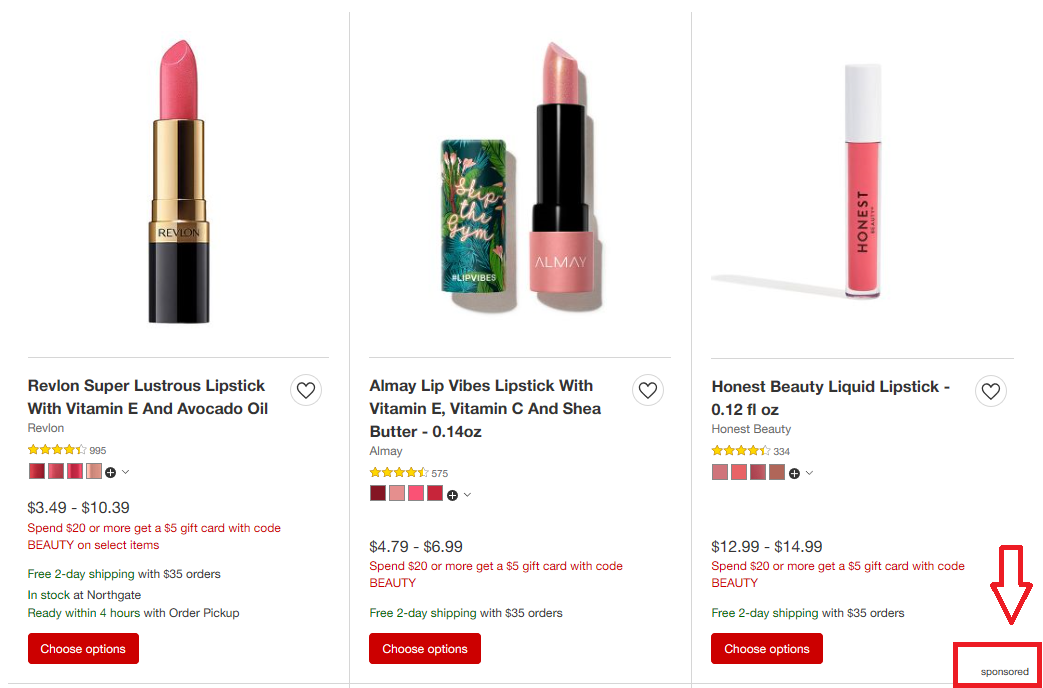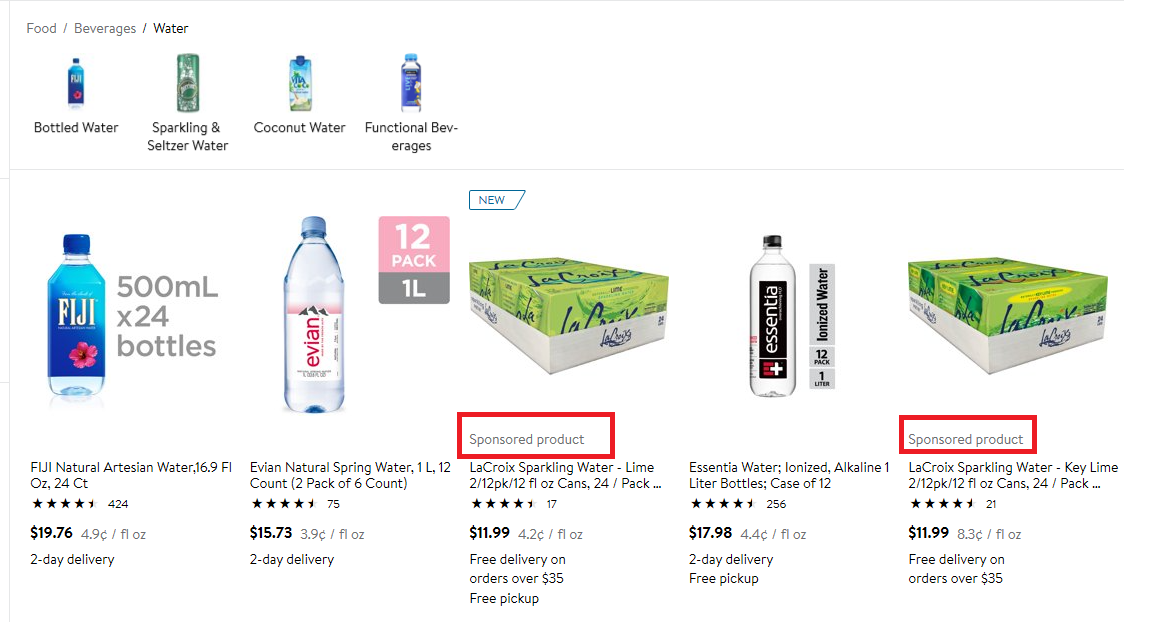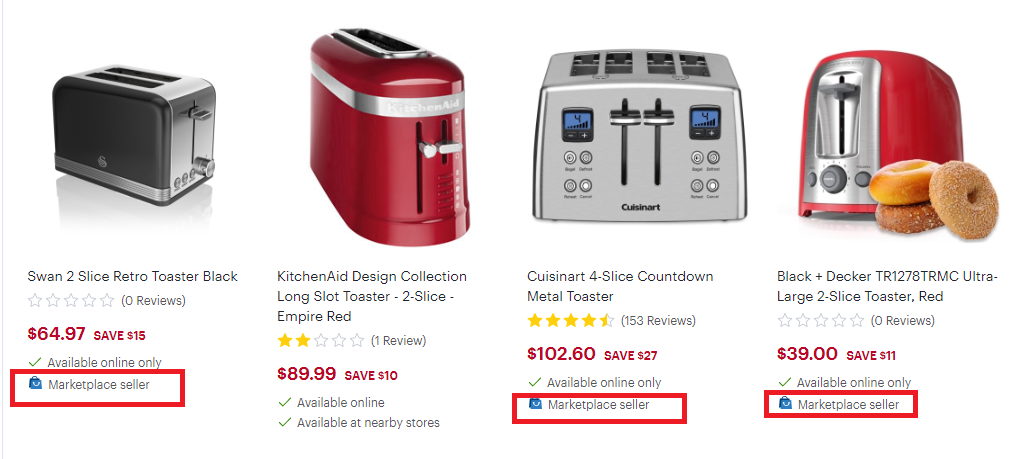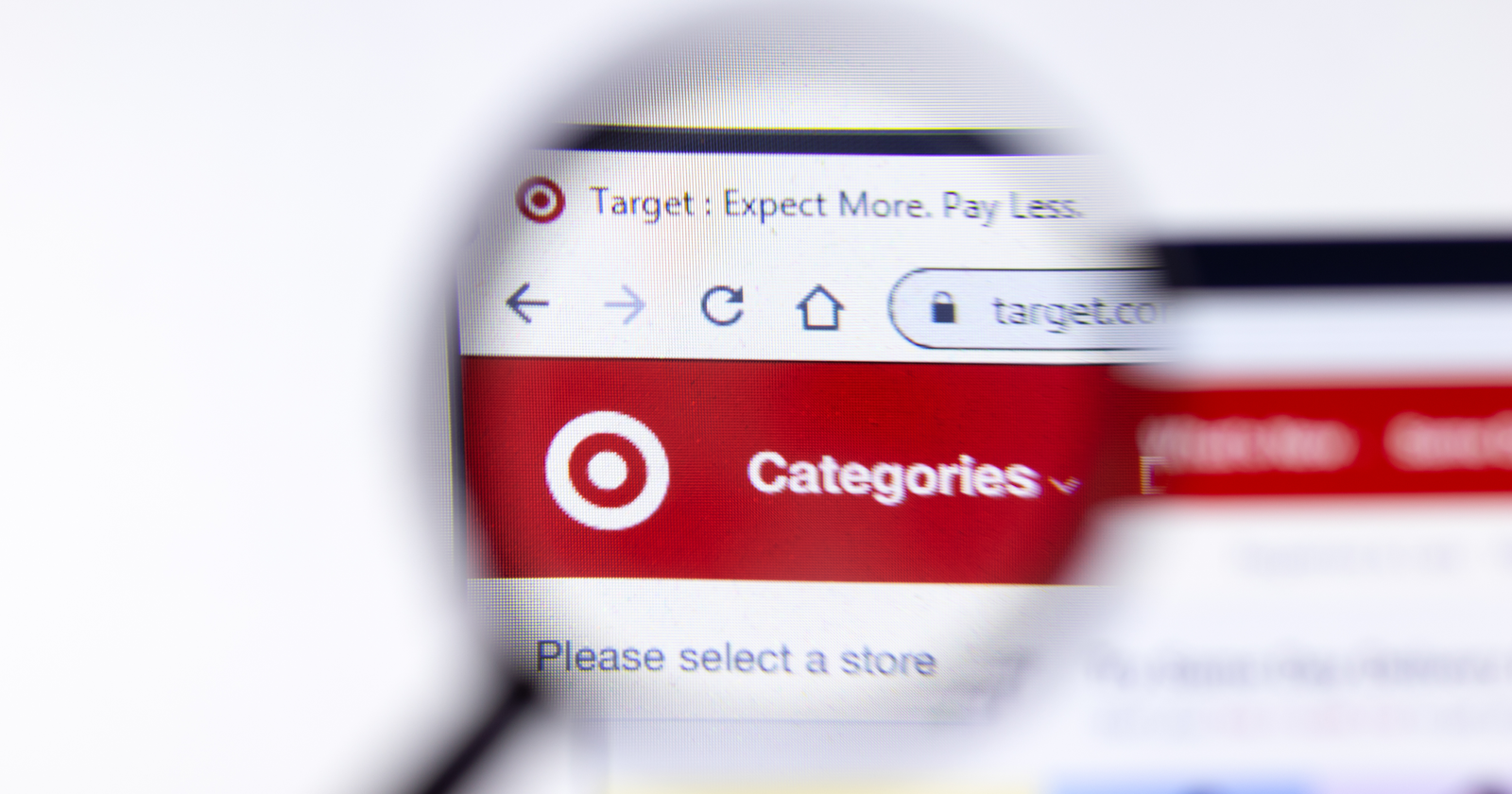Technically, there’s nothing new.
Retailers have been monetizing site space, hosting coupons, banner ads, or having promotions for years.
What’s changing is the scale (more options and inventory), additions of self-service options, or partnerships with publishers that can bring brand advertisers to enhance existing instore and online relationships.
That and the fact that we are now using a retailer’s website over going into the store with a physical shopping cart now more than ever.
And, of course with that – all that precious first-party data.
- Loyalty cards.
- Credit cards.
- Rebates.
- Purchase history.
- Brand affinity.
- Frequency rates.
With the third-party cookie crumbling and its reliability continually coming into question and scrutiny, the attractiveness of highly targeted, closed-loop, and now with historical online performance to back it up, looks really good.
And you, my fellow search marketer, you care.
The primary, self-service, easy access ad type is a sponsored product unit (not surprisingly).
As we seek to diversify product discovery and increase visibility, this could very well end up being the next channel you end up managing.
If nothing else, you care because it complements (or competes?) with what you might be doing on search or social platforms in particular.
Some Examples of Retailer Media Networks
1. Target
In spring of 2019, they announced Roundel, a re-brand and re-launch of:
- What their network is.
- What it offers.
- The value that it can bring to a brand, like targeting specific to guests (Red Card and Circle, app users), building on:
- Shopping and registry lists.
- Re-targeting and programmatic offerings.
Roundel is the media group within Target that works with brands to utilize their network and its unique targeting (pun intended) options, campaign planning, and reporting.
This is not a self-service portal, so you’ll need to work with the Roundel team to get started.
And yes, you need to be a brand selling in the Target Plus Marketplace or as a manufacturer online.

There are still Google Display ads tucked way down at the bottom of category and product pages that drive off Target.com
2. The Home Depot
There’s definitely more doing as they have the Retail Media+ program open for applications from their vendors (meaning that you need to have listings on the .com already) to take part in one of three options:
- Dynamic Media.
- Commerce Marketing.
- Multi-Media Support.
The Dynamic Media option takes advantage of their Google Shopping, Facebook, and/or Pinterest accounts – think of it as a featured placement.
Commerce Marketing has been the option I’ve been able to explain and execute on, very easily.
It’s sponsored products on homedepot.com, CPC based, no keywords.
Targeting is at the category level and I highly recommend giving it a run if you’re one of those 7,000 brands on Home Depot today.
The last offering is much more involved, enterprise offering that works with the Home Depot team on execution for a custom offering across TV, radio, social, digital, email and print.
All of the things.
3. Walmart Media Group
This is the retailer I have been working on the most, primarily on the self-service offering for sponsored products on Walmart.com.
There are other offerings in display and video as well, but it’s the sponsored products that a search marketer will find most familiar and most applicable.
The advertiser does need to be a seller in the marketplace or a vendor on Walmart already and will need to apply for an advertising account to get started.
This is the retailer with the largest amount of opportunity – in volume, scale, and history to emerge as a strong standalone offering amongst a certain ecommerce giant that will not be named.

4. Best Buy Media Network
A longstanding offering that has evolved and gone through several iterations over the years, their current offering is customized and much more like a “media buy” as it does not have self-service options at this time.
An item I’ve found of interest is that the Canadian Best Buy site goes a step further and is using the platform Mirakl, which has increased their catalog by enabling third-party sellers to list products alongside their offers – functioning as a hybrid marketplace.
The other option for monetizing your retailer site! (Hey, Shopify is taking a run at it, why not?)

5. Kroger Precision Marketing at 8451
Normally I would mentally shelve this as a mega-enterprise food conglomerate offering where a single or emerging brand wouldn’t be really able to engage.
But, I’d be wrong, as an exciting development in this, is the involvement of PromoteIQ/Microsoft.
PromoteIQ is powering the self-service advertising capability for sponsored products and display banners onsite – meaning that the barrier to entry is much more attainable and for those brands that are newer or more niche, they’ve got a space to play in.
And if you’re an emerging brand that’s being carried in one of the many Kroger stores, this could be a great opportunity to increase visibility during a time when digital grocery shopping is at a high adoption rate.
6. Criteo
I’ve been in and out of this platform for the last 10 years.
You may be more familiar with them for the display network aspects, like retargeting across their network.
When they acquired Hook Logic in 2016, they added a really important capability – sponsored products within a retailer’s site.
The list of retailers has changed since 2016, but the capability and the potential is important now more than ever and extremely relevant as retailers look for additional revenue streams and ways to enhance customer experiences.
How Does Google Shopping Fit In?
Google just went Froogle and now brands and retailers can upload full catalogs of products, for free.
What does that do to say a new offering like the Home Depot – where they are offering space in their Google Product Listing Ads as a feature?
At first, I started to think – ah, what timing, but really, that first page SERP is still sponsored/product listing ads heavy and it’s all indexed.
Queries, brand or retailer affinities, product information, and history.
Be there more than once, if there’s anything the new normal is teaching us is that the eyeballs are everywhere and more than ever before.
The importance of being available when the customer is ready, with the correct information, whenever and wherever they might be is here more than ever before.
Welcome to the digital melting pot.
More Resources:





